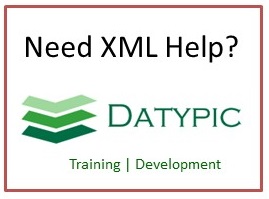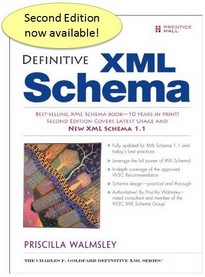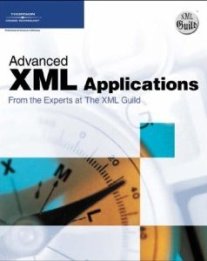committee-appointment-paragraph
Resolving-clauses can contain additional paragraphs structurally within the clauses themselves but displayed as separate paragraphs without enumerators. This is commonly used in the resolution to appoint Members to committees (see 106 HRes 6) Note: the first subsection within a resolving clause is displayed inline within the resolving clause
Element information
Content
- Sequence [1..1]
- header [0..1]The header is the structure, often proceeded by an enum element that represents the "bold" text or heading of a subdivision or level. For example: the words “Short Title” in the phrase “Section 1. Short Title.” The text of headers is typed in sentence style casing (upper and lower case) so that the table of contents entries can be extracted from the body of the document. Display mechanisms (both print and on-line) will need to transform the casing of headers based on their legislative structure. Section headers display uppercased. Subsection headers display in a caps and small caps casing style where the first letter of the header is always uppercased; characters originally typed using uppercasing are caps and all other words are initial capped, except for the following words: a, an, and, as, at, but, by, for, in, of, on, or, the, and to. Levels below the subsection level are cased using caps and small caps, but maintain sentence style casing. For all other structural levels (e.g., division, title, subtitle, part, subpart, etc.), the casing is transformed to uppercase. In addition, any necessary punctuation and spaces following the header will be generated for display or printing. For example, when certain structures, e.g., Titles, Subtitles, Chapters, etc., follow OLC style, the display or print system will generate a centered header with no subsequent punctuation. For sections using OLC style, a generated period will follow the header, and for structures below the section level, a generated period followed by an em-dash will follow the header.
- text [1..1]Textual material that follows a header, an enumerator, an enumerator/header pair, or as a cut-in (flush-left) final text after a non-structural element such as a quoted-block, table, graphic, etc.. In appropriations bills, the function performed by the text element is usually performed by the appropriations paragraph element.
Attributes
None
Used in
- Anonymous type of element section via extension of section-model
- Type section-model


